Research
Search our website
Search our website by entering a keyword or choose a database above to search specifically.
Search
Showing search results 4,361 - 4,370
14,716 results found
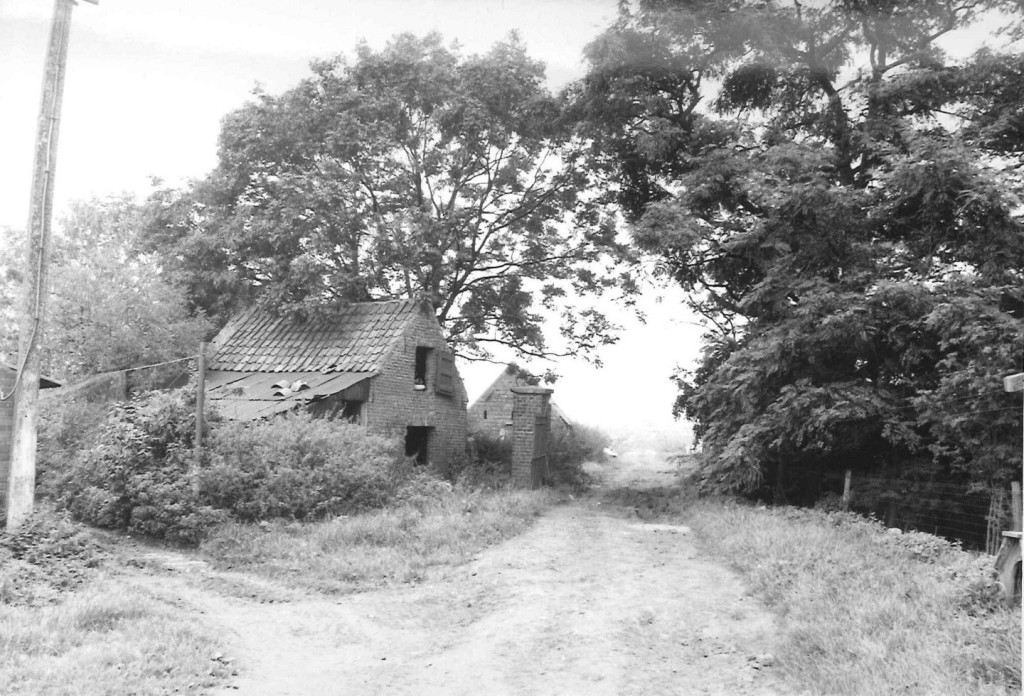
Aarseleweg 99, Deinze, Belgium
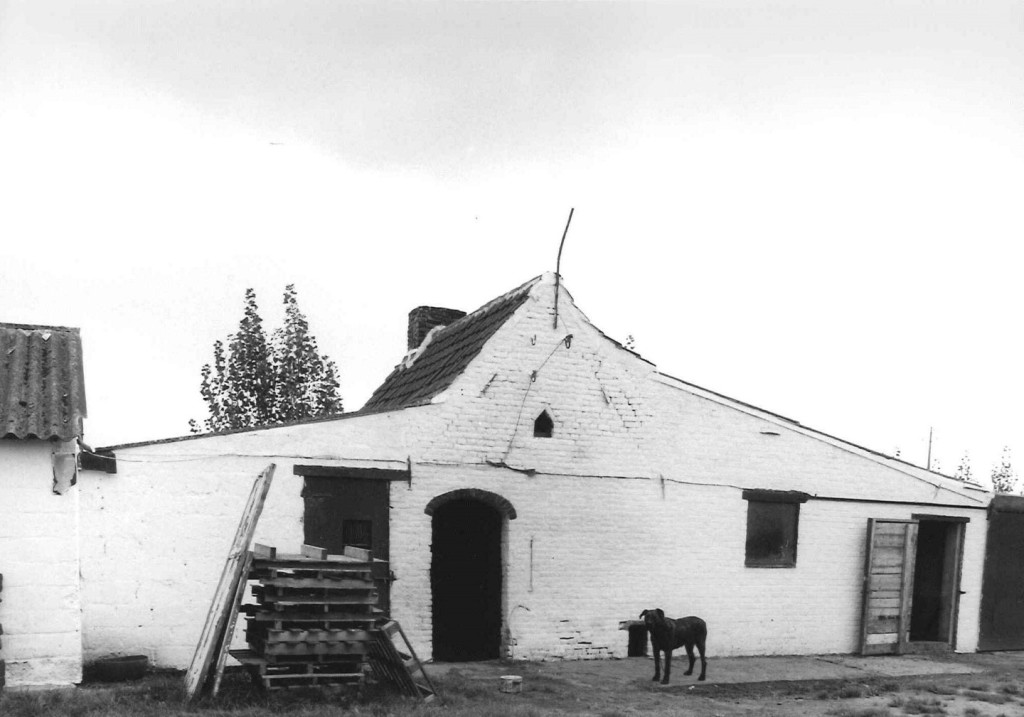
Aarseleweg 56, Deinze, Belgium
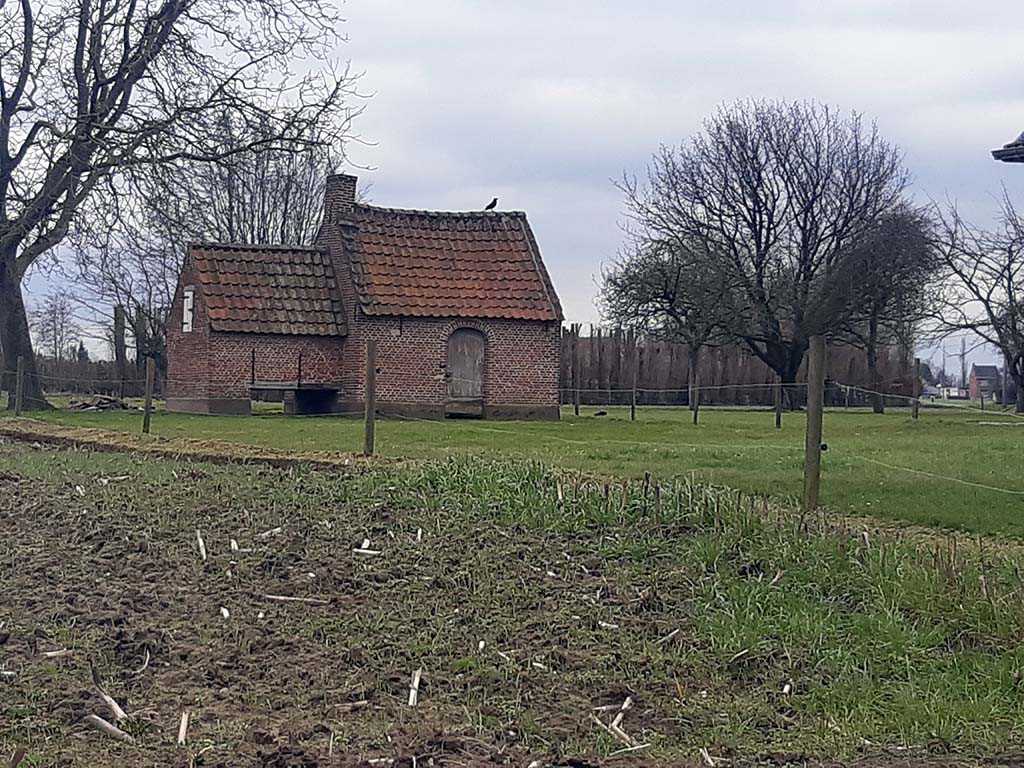
Abelelaan 4, Ranst, Belgium

Abdijstraat 75, Gistel, Belgium

Aarschotsebaan 96, Kampenhout, Belgium

Abeelstraat 18, Tielt, Belgium

Aartrijkestraat 87, Ichtegem, Belgium

Aarle 41, Ravels, Belgium
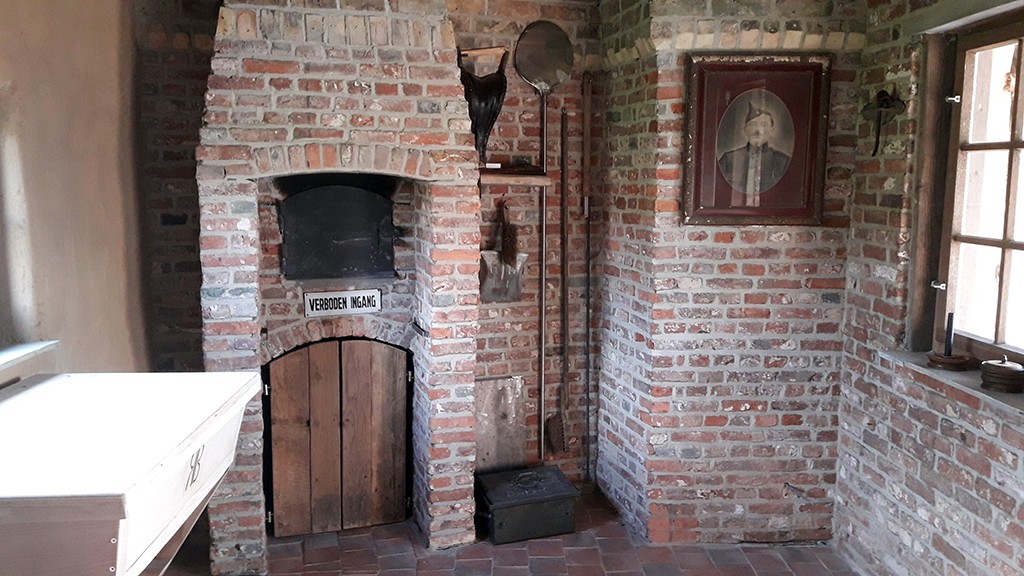
Akkerstraat 49, Beernem, Belgium

/webhdfs/v1/resource/Bakehouse/agios-georgioscyprus-agios-georgioscyprus/cyprus-agios-georgios-b.jpg
Agios Georgios, Cyprus






